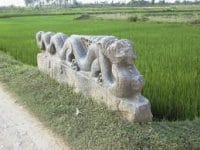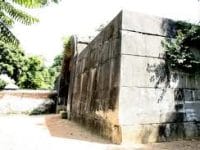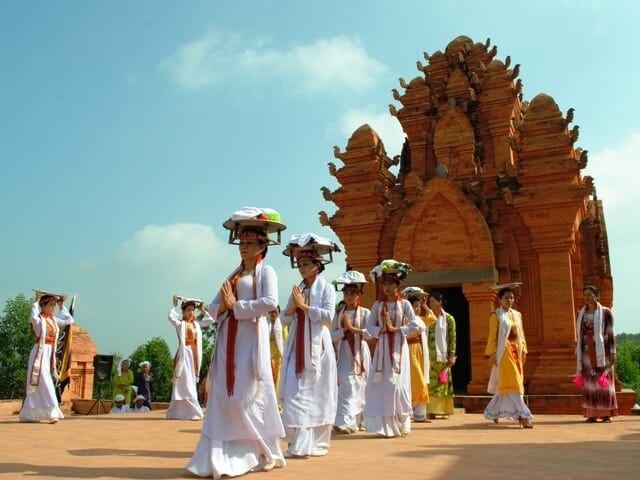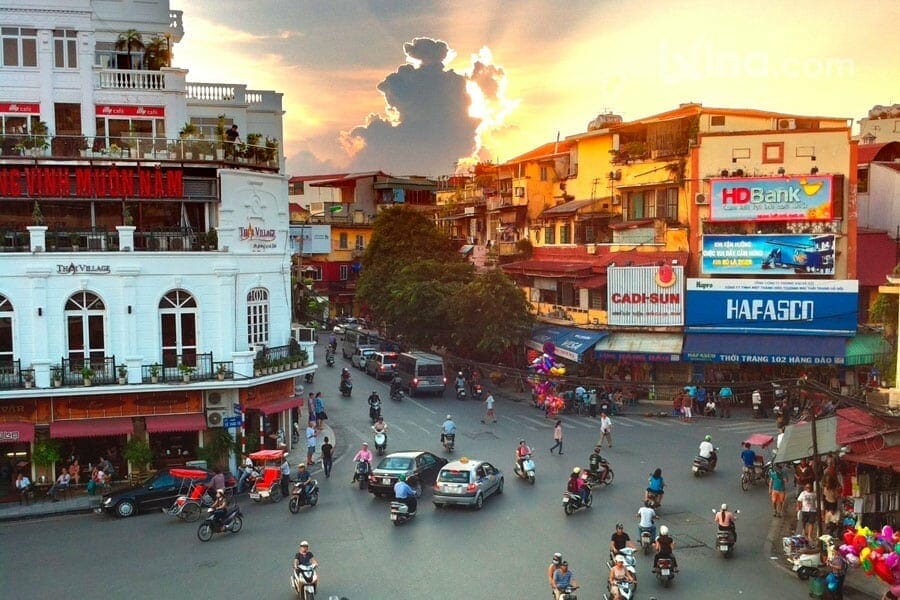More than 600 life ago, the Ho Dynasty Stronghold was built in Vinh Loc regularize, Thanh Hoa arena. Since then the unequaled kill acquisition in Southeasterly Collection was unnoticed in wars. It was recognised by the UNESCO as a reality ethnical attribute tract in June 2011.
was unnoticed in wars. It was recognised by the UNESCO as a reality ethnical attribute tract in June 2011.
Scientists cannot inform how this bulky stone-made succeed was shapely in only leash months, specially how over 25,000 cu.m of tilt, averaging 10-20 dozens per careen, were transported to the business place in that shortish phase of instant.
Three months of construction, an exploit
According to Ngo Si Lien’s “Dai Viet Su Ky Toan Thu” (Records of Historian about Dai Viet’s History), King Ho Quy Ly instructed Prime Minister Do Tinh to build the Ho Citadel in Thanh Hoa in January 1397. The construction was completed in March.
Although the Ho Dynasty only lasted from 1400 to 1407, Emperor Ho left a significant legacy – the Ho Dynasty Citadel, a unique construction work, the most special ancient citadel in Vietnam and Southeast Asia. Ho Quy Ly is also credited for pioneering the circulation of banknotes in Vietnam, expanding the network of schools and promoting the use of the Vietnamese Nom ideographic script.
Located in the two communes of Vinh Tien and Vinh Long in Vinh Loc District, the citadel measures 870m by 883m. Ho Quy Ly’s rise to power began the short-lived Ho dynasty, and that is why the citadel is still known as the Ho Dynasty Citadel.
Also known as the Tay Do Citadel, the ancient building is famous for being strategically located in a position that can ensure it is easily defended. The citadel is shielded by a mountain range to the north, while the Ma River runs to its west and the Bưởi River to the south, creating a huge natural moat.
Unlike many other citadels that were built from bricks, the Ho Dynasty Citadel was built with huge stone slabs sourced from nearby mountains. It features four arched entrances facing east, west, north and south.
The large stone slabs required a new building technique that saw workers install the slabs without the use of any mortar. The citadel buildings represent an outstanding example of a new style of South-East Asian imperial city.
The citadel includes 3 sections: La Thanh and bamboo hedge; water trench and citadel wall; and internal area. The internal section has palaces such as: Hoang Nguyen, Nhan Tho, Phu Cuc, Dong Cung, Dong Thai Mieu, Tay Thai Mieu, Diem Canh, … with marble-paved roads connecting different palaces to each other.
The outside of the citadel are constructed works such as: Bao Thanh (Ly Cung) palace, altar of the sky and the earth, patterned-brick access to the sky and the earth altar, road from Thien ly to Hoa Chau.
The stone citadel had been constructed based on rectangular drawing with two edges South (front) and North (rear) of 900m long, and two edges East (left) and West (right). Now only stone block part with the height of 5 – 6m exists.
The citadel has diameter of 3,508m, with wall of 5 – 6m high except the wall near the Southern gate is 10m. All the stone blocks were trimmed carefully into square blocks with dimensions of 1.4 x 1 x 0.7m, and few of 4 x 1.2 x 1.2m and 5.1 x 1 x 1.2m. The citadel had four gates at the central of four edges South, North, East, and West.
The surrounding of the citadel in the northern direction, i.e. coming from the back gate is the Earthen Elephant Mountain with the head looking at the South, and a bit further exist the Lai Mountain. The East of the citadel stands the Black Dog Mountain. The West of citadel looks at the Lying Buffalo Mountain. The South directs the Don Son Mountain. It is also called Dun or Cung (Bow) mountain as it is shaped as a bow directing at the citadel.
Near the mountain there exists Ma (horse) river coming from the West and Bar River coming from the East. These rivers are confluent at Huu Chap, catching the citadel in the middle.
There still exists a couple of stone dragons at the gate carving flower string with two lines of flower leaves in both sides, leave leads rolling into a circle with daisy flower form. This is a typical decoration on stone of relics in Ly dynasty and early Tran dynasty. Square flower-carved bricks, with dimension of 35cm x 35cm, some brick without flower decoration but a rectangular sculptured deep into the brick with letters showing 15.2 location of brick production such as: Vinh Ninh, Huong Nhi commune, down-Yen Ton commune.
As the citadel had been made by stone it passed 600 of existence with the form almost as original. Only the residential buildings and royal palace inside the citadel had been collapsed and buried.
Ho Dynasty Citadel can be compared with other world citadel, ancient city and Derbent fortress which were pat of northern lines of the Sasanian Persian Empire in the East and West of the Caspian Sea.
Secret rocks
In July 2011, only one month after the Ho Dynasty Citadel was recognized as a world cultural heritage site, a quarry that provided the material to build the citadel was discovered 2km northwest from the citadel.
A group of archaeologists discovered the quarry while studying the area around the citadel. It is located in Vinh Loc district’s Vinh Yen commune, cut out of a cliff that rises 126.5m and covers an area of over 25ha. The Ho Dynasty Citadel’s Heritage Preservation Centre has unearthed 21 flagstones scattered across a wide area.
Based on cutting marks on the surface of the stones and comparisons with stones from the citadel, experts said that the stones were intended for the citadel but discarded because of faults such as cracks and size.
Luu Tran Tieu, Chairman of the National Council for Cultural Heritage said it was an important discovery in the context of the citadel’s history. The finding will be a “reliable scientific foundation” to support a report on the citadel, which Vietnam has promised to UNESCO after the recognition, Tieu said.
For many years, local and international researchers have wondered where the stone for the citadel came from. There have been a number of theories but until now, nothing solid.
This discovery plays an important role in opening a new way of researching stone exploitation and transportation techniques. 
A three-year excavation project will be carried out at the quarry. Local scientists will use manual methods to dig through 20-centimeter-thick layers of soil to unearth and cultural artifacts and preserve the relic site.
Artifacts found at the site will be restored and preserved and used as part of the scientific foundation to support the site’s UNESCO profile when the citadel is officially granted the World Heritage certificate in June of next year.
Thanh Hoa province has also announced a $1million plan to upgrade tourism infrastructure from now till June 2012 to promote cultural and unique values of the Ho Dynasty Citadel.
Under the plan, the website http://thanhnhaho.vn will be updated with information about the World Heritage Site the Ho Dynasty Citadel.
The Center for Ho Citadel Heritage Conservation will cooperate with scientists in unearthing archaeological objects and relics in the citadel, as well as with the Vietnam Road General Department in repairing some sections of national highways 45 and 217.
In the near future, the province will organize a number of tours to the Ho Dynasty Citadel.



